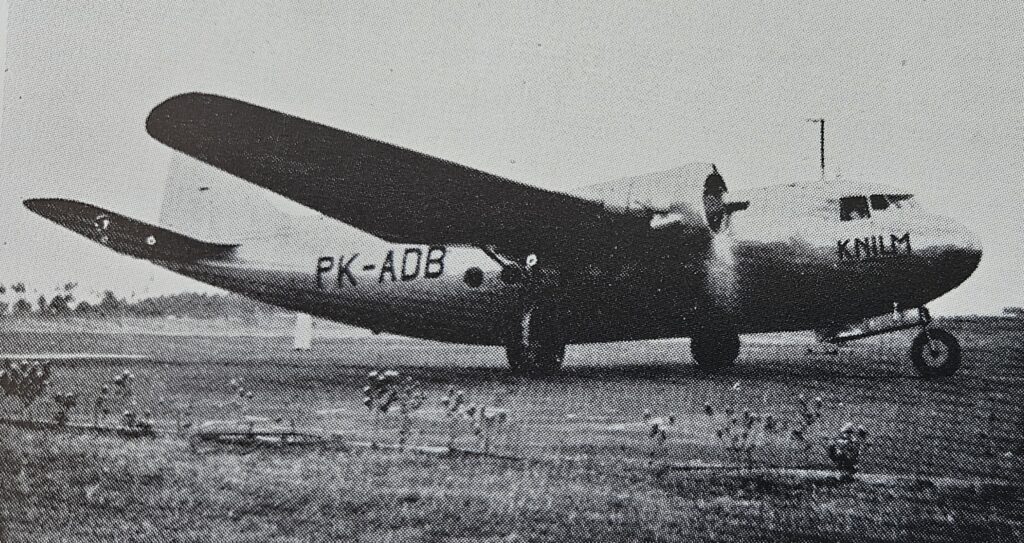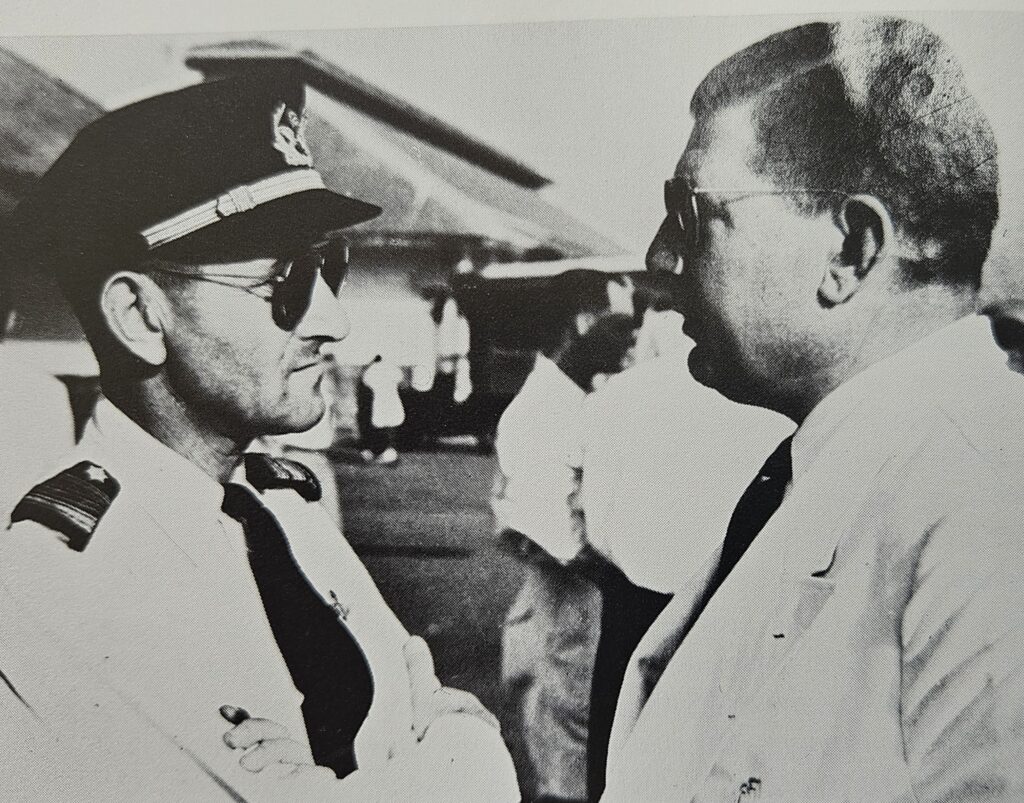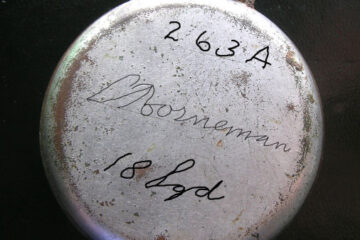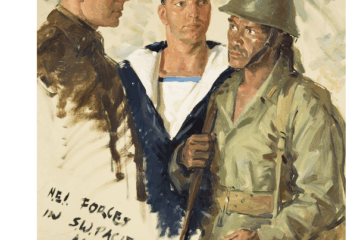On February 28, 1942, Japanese troops rapidly advanced through northern Java, quickly occupying airfields and towns. Within hours, they were only 50km from Andir Airport (Bandung) in West Java, where five civilian Royal Netherlands Indies Airways (KNILM) planes were based. Only the next day did the Dutch Government in Exile in London finally agree to evacuate these last civilian aircraft. Unfortunately, the evacuation order came too late for most ground staff, and many ended up in Japanese camps.
The planes left in the evening, their destination Broome, Australia. Their last stop in Java was Singosari Airport near Malang in East Java (500km from Andir). Singosari lies almost directly north of Broome at a distance of 1553 km – a flight time of around 7 hours. Because of electricity problems, local cars had to use their headlights to guide the planes in for landing, making for a dramatic scene.
In the early morning of March 2, the planes left Singosari. By 10 am, all had landed in panic-stricken Broome. Expecting a Japanese bombardment, the planes needed to move on quickly to Alice Springs and then to other safe havens in Australia.
DC-5 PK-ADC in 3-meter-high grass near Derby
Captain Dirk Rab of the DC-5 PK-ADC was unable to refuel in Broome. Authorities suggested flying on to Derby, another 45 minutes away. Short on fuel, he had no choice. With no fuel left in sight of Derby, he made an emergency landing in tall Alang-Alang grass, thankfully without major damage.

The last to arrive in Broome, Captain Gerrit Jan Schipper with his DC-2 PK-AFL. He was told Rab was missing. Unable to find the lost DC-5, he landed in Derby and began a second reconnaissance flight. This time he located Rab and landed his plane close by. Joop Gijzemeyer pumped fuel from the DC-2 into the DC-5, and together they flew back to Broome for the night.
Schipper was consequently directed to fly on to Port Hedland.
Luck was with Rab, who was the first plane to leave Broome on the morning of March 3 – soon to be known as Black Tuesday. Shortly after his departure, air raid sirens sounded, and the unprotected airport and harbor were bombed by the Japanese. Another KNILM plane the DC-3 PK ALO stationed at Broome airport was lost in the raid.
DC-5 PK-ADB at Dr. Stones Creek Farm near Alice Springs


Captain Gerson Van Messel, flying the DC-5 PK-ADB, had meanwhile left Broome for Alice Springs. With only a 1:1,000,000 scale school atlas for navigation, he missed his checkpoints and ran low on fuel. With darkness falling, he couldn’t find Alice Springs. He made a dramatic emergency landing, skimming over camels before being greeted by a surprised sheep farmer. Turns out, he was only 10 minutes from Alice Springs! Opting to press on before full darkness, he reached his destination.
DC-2 PK-AFK close but not quite in Dalywaters.


Captain Frans van Breemen in his DC-2 PK-AFK refueled in Broome and headed to Dalywaters via Wyndham. Unable to find Dalywaters in the dark, he spotted a mowed cross-shaped landing strip. After circling, he landed and was warmly welcomed at a nearby hotel. He flew on to Dalywaters the next day.
The other two evacuee flights arrived in Australia safely. PK-AFP with Captain A. Reyers landed in Alice Springs, and PK-ADD with Captain P.A. Deenik reached Dalywaters.
Three more planes involved in the evacuations
A sixth KNILM plane, a DC-3 piloted by Dutch-Russian Captain Iwan Smirnoff, left Andir on March 3 carrying a secret cargo of diamonds. Caught in the Japanese attack on Broome, he crash-landed on Carnot Bay.
Two more planes were hidden at Andir. On March 7th, a day before the official NEI surrender, they carried vital officials to safety, including the Assistant Governor-General, Hubertus van Mook. Van Mook would go on to lead the campaign for the liberation of the NEI, operating from Brisbane.
Source: De KNILM vloog door…


